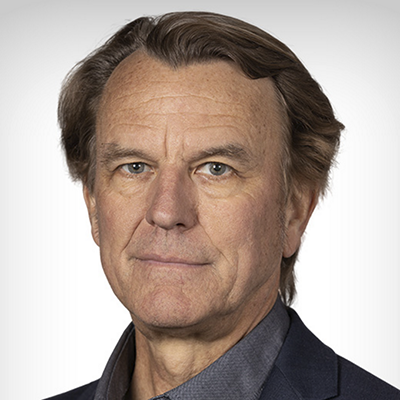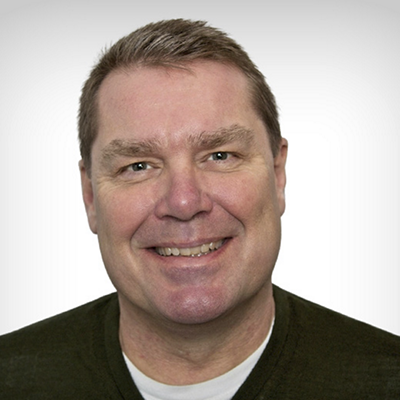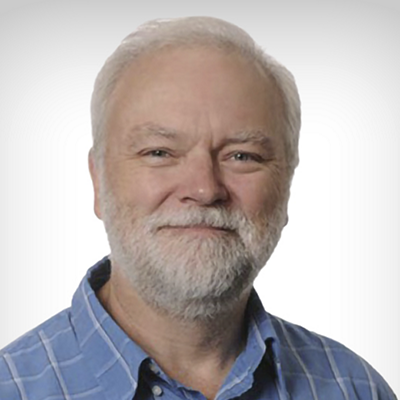Cloud native EDA tools & pre-optimized hardware platforms
Subscribe to the A&G Newsletter
Includes in-depth technical articles, interviews with industry experts, whitepapers, videos, webinars, and more.

Spotlight on Superconducting Electronics and Quantum Computing
We sat down with Jamil Kawa, Synopsys Fellow in the 91łÔąĎÍř Group, to learn more about SynopsysˇŻ role in the research and development of Superconducting Electronics (SCE) and quantum computing in collaboration with IARPA and other industry leaders.
Q: Thank you for sitting down with us today, Jamil. Let us start with Superconducting Electronics. What is SCE and how does it potentially benefit the semiconductor industry today?
Thank you for taking the time to have this discussion with me. SCE stands for Super Conducting Electronics. It is a field of electronics based on the Josephson Junction as the basic device and on superconducting materials such as Niobium that exhibit absolute ZERO resistance below a certain temperature. Thus, SCE circuits operate at a low temperature (usually 4 K). SCE circuits are capable of operating at very high frequencies while also consuming very low power, with a power advantage of 100x to over 1000x better than CMOS, even while accounting for cooling costs. SCE circuits have main applications in sensitive communications applications and, with the design automation Synopsys is embarked on, computational circuits as well. They are also used in quantum computing control circuitry.

Figure 1: Josephson Junction
SCE is best thought of as ˇ°More than Mooreˇ± and not "Beyond Moore". It literally complements CMOS. A good place to start is a quantum computing system that interacts with CMOS based room temperature servers. This system is going to encompass a temperature span of a few millikelvins (mK) to room temperature. CMOS, and more specifically Cold and Cryogenic CMOS, will be part of that ecosystem, and SCE operating at 4 K will also be a layer in that system. Thus, my description choice of ˇ°More than Mooreˇ± for SCE complementing CMOS.
Q: Is SCE something that can be applied to all market segments or are there only a select few that can take advantages of the benefits you described? What are the limitations and challenges that limit its application?
I would like to answer your question in an indirect way. Every technology is capable of doing many things. But, it ends up being used in what is considered ˇ°optimal applicationsˇ± or ˇ°sweet spotsˇ± for that technology. This is no different for SCE. SCE is certainly capable of doing many of the things that CMOS can do but, it is not necessarily the proper use of the technology. Also, within SCE there are many families that vary in speed and power consumption. One of them in particular, adiabatic quantum flux parametron (AQFP) approaches the Landauer thermodynamic limit of power consumption making it suitable for reverse computing. Others such as efficient rapid single flux quantum (ERSFQ) excels in ultra-high-speed communications, and so on. Today SCE circuits are used in D-Wave annealing type of quantum computers deployed commercially. Given that SCE circuits will have to be cooled to 4 K, donˇŻt expect to see them anytime soon in your laptop or your smart phone regardless of their power advantage. Also, SCE circuits do not scale physically with the same ease that we enjoyed in CMOS.

Figure 2. Scaling qubits is a massive interconnect problem motivating the need for superconducting research programs like the Supertools Project. IBMˇŻs 50 qubit quantum computer. (Photo Credit: IBM)
Q: Synopsys was awarded a contract to develop tools for SCE under the Supertools Project. What can you tell us about this project and the progress that has been made since the project started?
IARPA selected Synopsys over three years ago to develop EDA tools for the design automation of SCE circuits, supporting two families of circuits, ERSFQ and AQFP. This effort is unusual in its scope as it also includes TCAD and Spice model development. It starts at Ab Initio physics and materials based TCAD modeling all the way to GDSII. ThatˇŻs a great endeavor. We finished phase 1 (2 years duration) of this effort with flying colors. Also, as a ˇ°down paymentˇ± on phase 2, demonstrating capabilities and methodology, we delivered a synthesized, placed and routed 4-bit microcontroller, the famous AMD AM2901. That was the first fully automated circuit carried from RTL to GDSII (but without full timing, for full disclosure). It is a demanding project with very tight schedules and acceptance criteria, but it is a showcase of Synopsys-wide collaboration among its business units (BUs). Every business unit is contributing with full engagement.
Q: Even closer to the border of science fiction than SCE is quantum computing technology. How is quantum computing a natural next step after the development of SCE and what makes it fundamentally different from todayˇŻs computing technology?
Useful quantum computing is much closer to reality than many people think. A lot of progress has been made in solving many of the issues towards making that a reality. GoogleˇŻs Bristlecone with 72 Qubits demonstrated what is dubbed ˇ°quantum supremacyˇ± yet we are many years away from quantum computers that are powerful. As I mentioned in my answer to your first question a quantum computer is a system that includes standard servers, interfaces, and a lot of control circuitry spanning from few mK to 300 K. SCE has a prominent role in that infrastructure and automating the SCE design flow will go a long way in enabling it.

Figure 3: Google ˇ°Bristleconeˇ± 72 Qubits Processor; Source: J. Martinis, Google, GSA 2018. (Photo by Erik Lucero, Google)
Q: Describe the primary factors and considerations that could limit the growth of quantum computing and the kinds of applications that could be targeted for the initial uses of quantum computing technology given its early stages of development?
Quantum computers are expensive and have to operate at few mK. Qubits are fickle and have a low decoherence time. Thus, error correction is a major problem towards scaling the number of qubits needed for a powerful quantum computer.
Quantum computing is powerful but is not a low power proposition. In an earlier answer I referred to the concept of the ˇ°sweet spotˇ± for each technology. Quantum computing is capable of solving many problems, but it is not necessarily better or more cost efficient than GPU or TPU based servers. However, there are areas that are natural candidates for quantum computers such as the simulation of synthesized molecules and enzymes, simulations that will take years with a classical supercomputer and just hours with a quantum computer. Similarly, encryption and decryption, that are almost impossible to hack, are another natural application for quantum computers.
Q: Are there any promising technologies on the horizon that could enable quantum computing for a broader range of applications and use models?
Yes, there certainly are. There are many qubit technologies competing for quantum computing dominance including a few based on superconducting technologies. Each technology has its pros and cons, but a common theme is scalability, controllability, and most importantly, coherence time. There are also complementing technologies needed. These complementing technologies include CMOS and superconducting technologies used in the control of the huge number of qubits needed. IntelˇŻs Horse Ridge cryo-CMOS (22nm FinFET technology) is an example of such a technology that I believe will go a long way in making useful quantum computers a reality.

Figure 4: Intel Horseridge cryo-CMOS Technology. (Photo Credit: Intel Corporation)
Q: Where can people go for more information on these technologies and SynopsysˇŻ role in enablement?
Interested readers can refer to our press release which describes our participation in the Supertools program at the following . They can also download our whitepaper on the subject that was accepted by the 2020 GOMAC conference and is linked here.
Thank you for sharing this brief overview of two of the most exciting and leading-edge technologies in the world of semiconductors and computing!
You are welcome! Stay tuned for more updates in the future as we continue to make progress on these exciting technologies.
Aerospace & Government 91łÔąĎÍř
Synopsys helps Aerospace and Defense firms build advanced, reliable systems meeting strict mission and SWaP requirements.













